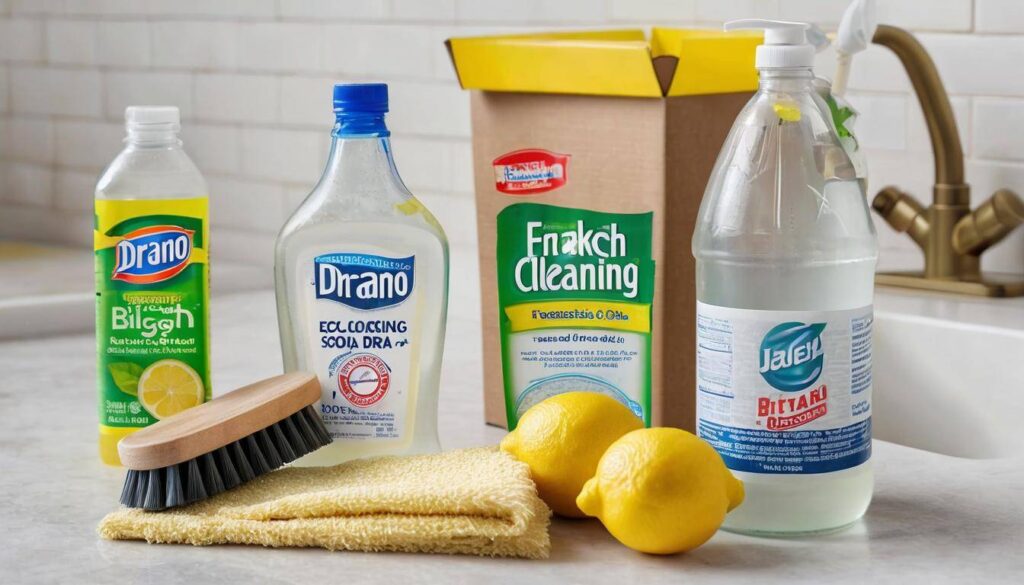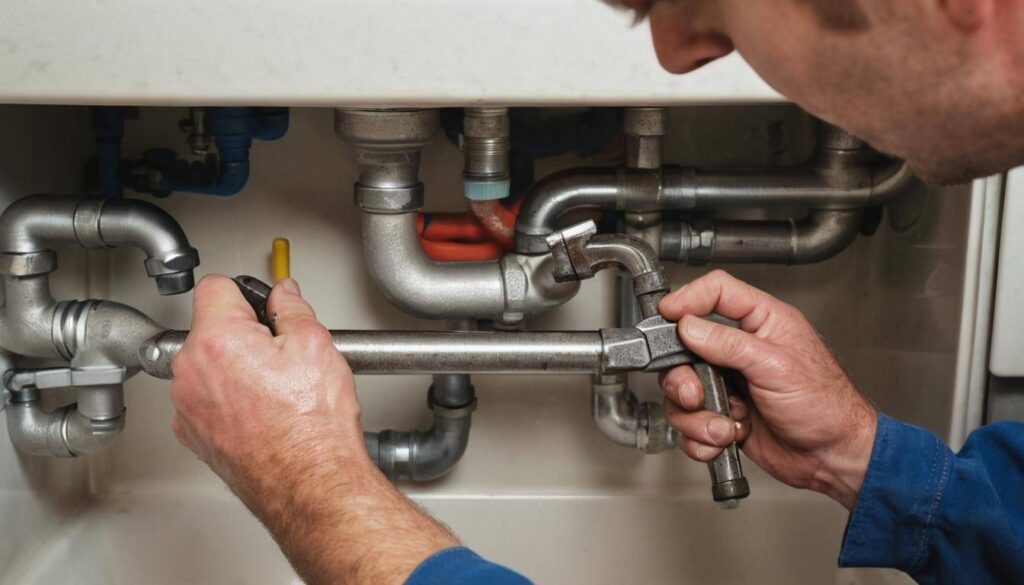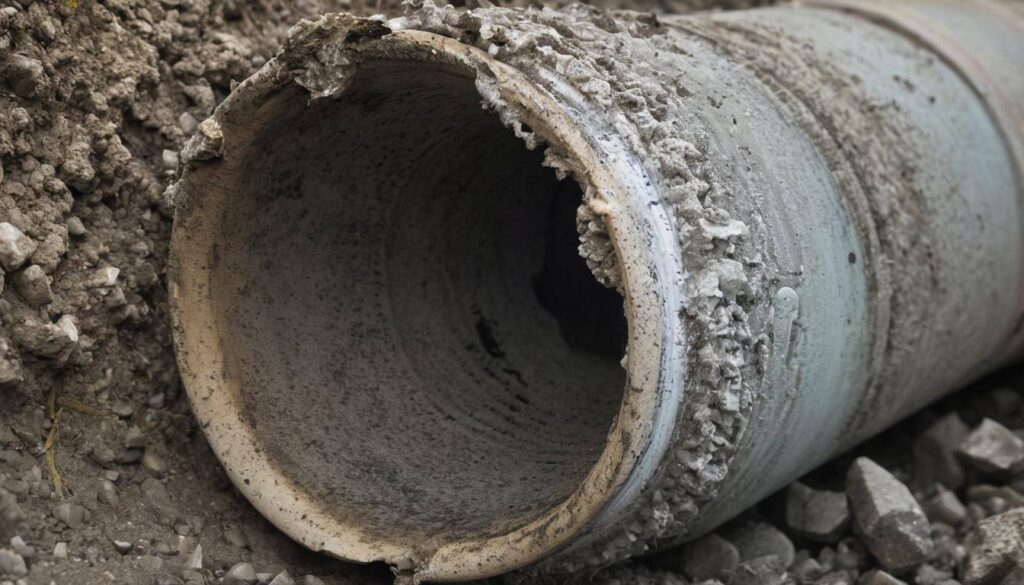Don’t Ignore a Leaking Pipe: Understanding the Consequences and How to Prevent Water Damage
Continual leakage from a pipe is not just an annoyance, it’s a silent destroyer within your home. If ignored, it can cause substantial harm such as structural weakness, mold growth, and potentially hefty repair bills. But here’s the twist, this damage doesn’t happen all at once, its slow creep over time makes it even more dangerous. What if I told you there’s a simple way to catch these sneaky leaks before they wreak havoc?
Ignoring a leaking pipe can lead to significant water damage, mold growth, structural deterioration, increased utility bills, and potential health hazards. It’s crucial to address any leaks promptly to prevent further complications.
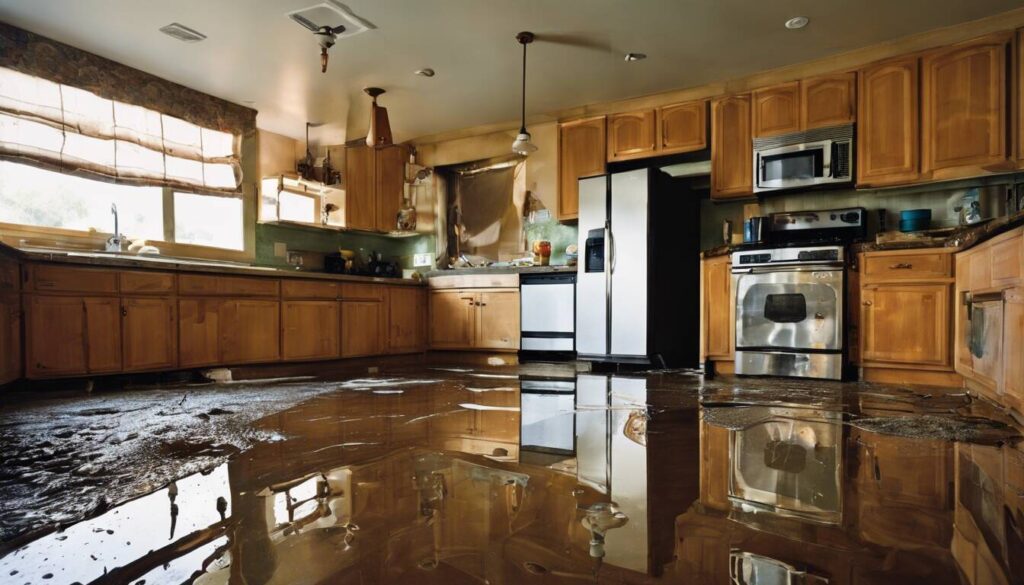
Detecting Leaks in Your Home
Detecting a water leak in your home can sometimes feel like trying to find a needle in a haystack. However, with a keen eye and the right tools, it’s absolutely possible. Let’s dive into some effective methods to detect these sneaky leaks before they cause significant damage.
Check Your Water Meter
When dealing with hidden leaks, your water meter is an invaluable ally. Start by turning off all water sources in your home and then keep a sharp eye on your water meter. If it continues to show movement despite all taps being turned off, this may indicate a concealed leakage somewhere in the system.
It’s important to remember that even small movements on the meter could indicate a hidden leakage, which could gradually lead to significant water waste over time if not addressed promptly.
Visual Inspection
Regular visual inspections can reveal clues that hint at the presence of leaks. Keep an eye out for water stains, mold, or musty odors, particularly around sinks, toilets, and water-using appliances. These signs can often indicate that there’s an underlying issue that needs attention.
For instance, if you notice wet spots or discoloration on walls or ceilings near bathrooms or kitchens, it could be an indication of a hidden leak. Ignoring such warning signs could lead to more serious structural damage down the line.
Utilize Leak Detection Tools
In certain cases where leaks are well-hidden behind walls or ceilings, specialized tools come into play. Moisture meters and infrared cameras can help identify areas of moisture or temperature irregularities associated with hidden leaks. These tools are especially beneficial when you suspect a leak but cannot see any visible signs.
Remember: The sooner you address a potential leak, the less likely it is to result in extensive damage and costly repairs.
By utilizing these techniques, even the most elusive water leaks can be identified and resolved with minimum hassle. It’s always better to be proactive and stay one step ahead of potential plumbing issues rather than dealing with their aftermath.
Stepping into the next realm of our plumbing exploration, we will scrutinize the grave consequences of overlooking a leaky pipe. Let’s unravel the risks posed by neglecting these seemingly minor issues.
The Risks of Overlooking a Leaky Pipe
When it comes to home maintenance, it’s easy to overlook small problems. A tiny leak might not seem like a big deal at first, but if left unattended, it has the potential to cause significant damage. Let’s break down what could happen if a leaking pipe is ignored.
Water Damage
Water is a powerful force, and even a small leak can cause major issues over time. Continuous leaking from a pipe can seep into walls, ceilings, and flooring, leading to costly repairs. The water damage not only affects the aesthetics of your home but also weakens the structure. In addition to the financial burden, it can also create an environment conducive to mold growth, posing health risks to you and your family. The restoration process for water damage is extensive and often involves tearing out and replacing damaged materials. This can disrupt your daily life and lead to additional expenses that could have been avoided with prompt attention to the issue.
Structural Issues
While water damage is concerning, overlooked leaks can also compromise the structural integrity of your home. Water seepage caused by persistent leaks weakens the building’s structure over time. This can lead to sagging or collapsing ceilings, warped floors, and even foundational issues. The long-term impact of structural damage extends beyond inconvenience; it poses serious safety risks for you and your family.
Health Hazards
Moreover, mold growth due to persistent leaks can create an unhealthy indoor environment. Mold exposure can cause respiratory problems and trigger allergic reactions in some individuals. Persistent exposure to mold spores may lead to serious health issues for occupants of the home, particularly those with respiratory conditions or weakened immune systems. By ignoring a simple leak, you inadvertently expose yourself and your loved ones to potential health hazards.
It’s vital to address any signs of leakage promptly before they escalate into more complex problems. Initiating timely repairs not only safeguards your property but also protects your family from avoidable health hazards stemming from water damage and mold growth.
Estimating Repair Costs for Home Leaks
If you’re dealing with a leak in your home, understanding the potential repair costs can help you plan and budget effectively. The price of repairing a leak can vary significantly based on several key factors. Let’s dive into these factors to form a more precise estimate for potential repairs.
Severity of the Leak
The severity of the leak plays a crucial role in determining repair costs. Minor leaks that result from loose connections or small cracks may only require sealant or simple patching. On the other hand, larger leaks, burst pipes, or extensive damage to plumbing fixtures may require more comprehensive repairs, including pipe replacement. It’s essential to address these larger issues promptly as delaying repairs can lead to further damage and higher expenses down the line.
Location of the Leak
The location of the leak is another significant factor influencing repair costs. Accessibility to the leaking area impacts the complexity of repairs and consequently affects labor costs. For example, a leak behind drywall or under flooring may necessitate additional measures such as cutting into walls or floors to access and fix the leak, leading to more extensive repairs and subsequently increased costs.
Professional vs. DIY
Deciding whether to hire a professional plumber or attempt a do-it-yourself (DIY) repair affects the overall repair expenses. While opting for DIY repairs can save money initially, it’s important to consider the potential risks and limitations involved. Hiring a professional plumber may come with additional costs; however, it ensures that the repairs are executed properly, minimizing the chances of future leaks and subsequent damage.
For instance, attempting a DIY repair on a complex or hidden leak may result in temporary solutions that fail to address the underlying issue effectively, leading to recurring problems and heightened repair expenses in the long run.
Understanding these factors allows homeowners to make informed decisions when faced with leak-related repairs, ensuring that the chosen repair method aligns with their specific needs and budget constraints. By considering the severity of the leak, its location, and weighing the advantages of professional versus DIY repairs, individuals can gain a better insight into expected costs and make proactive choices for maintaining their home’s plumbing system.
As we’ve looked at estimating repair costs for home leaks, let’s now turn our attention to ensuring proper pipe installation – a critical aspect in preventing leaks and water damage.
Ensuring Proper Pipe Installation
Proper pipe installation is critical for maintaining an efficient and leak-free plumbing system. It involves using quality materials, professional installation, and regular inspections to prevent potential issues from developing into major leaks.
Quality Materials
Using high-quality pipes and fittings is crucial for minimizing the risk of leaks and corrosion over time. Quality materials are designed to withstand the pressure and flow of water, reducing the likelihood of unexpected bursts or weakened joints. When it comes to pipes, durability is key – so investing in strong, long-lasting materials will save you money and stress in the long run.
It’s like building a strong foundation for your home – if you use premium materials, you can trust that your structure will stand firm against external forces and last longer without needing constant repairs. Quality pipes not only ensure a steady water flow but also provide peace of mind, knowing that your plumbing system is less likely to spring unexpected leaks.
Professional Installation
Equally important as the materials used is the professional expertise behind their installation. Hiring a certified plumber ensures that pipes are correctly sized, securely fastened, and effectively sealed to prevent leaks. A skilled plumber has the knowledge and experience to properly assess the requirements of your home and install the piping system accordingly.
Professional plumbers possess the necessary tools and techniques to execute precise installations that meet the required standards for both safety and efficiency. Their attention to detail in aligning pipes, securing fittings, and testing for leaks is a testament to their commitment to delivering reliable workmanship.
Regular Inspections
Periodic inspections by professionals play a pivotal role in identifying potential issues before they escalate into major leaks. Similar to routine health check-ups, these inspections allow plumbers to detect early signs of wear, corrosion, or damage that might compromise the integrity of the piping system.
By identifying and addressing these concerns proactively, homeowners can avoid costly water damage repairs that result from neglected or unnoticed plumbing issues. Regular inspections offer peace of mind by ensuring that your plumbing system is functioning optimally and remains free from potential threats that could disrupt daily life.
Understanding the importance of each component in proper pipe installation equips homeowners with the knowledge needed to make informed decisions about their plumbing systems. By prioritizing quality materials, professional installation, and regular inspections, individuals can protect their homes from costly and often avoidable plumbing mishaps.
Taking Precautionary Steps During Pipe Repair
When it comes to fixing a leaking pipe, there are important safety measures and steps to bear in mind. The last thing we want is for something to go wrong amidst repairs, causing water damage and unnecessary chaos. Here are some key precautions to keep in mind when dealing with leaking pipes.
Shutting Off Water Supply
Before you even think about laying a hand on the pipe, shutting off the water supply is crucial. This step cannot be overlooked because it prevents water from constantly gushing out while you’re trying to fix the problem. Just imagine working under a sink or near a damaged wall with water spouting out – it’s not just messy, it’s dangerous. Plus, turning off the water ensures that no more harm is done to your home until you get things sorted.
Ventilation
Working on plumbing repairs often involves handling materials that create fumes or can encourage mold growth. Ensuring proper ventilation in the area where you’ll be carrying out repairs is important. These fumes can be harmful if inhaled over an extended period, so make sure windows are open and fans are on if possible – anything that will help keep air flowing through the room and minimize any potential health risks.
Safety Gear
Don’t forget your safety gear! This includes wearing gloves to protect your hands from sharp edges or chemicals while handling repair materials. Eye protection is also important since pipe repairs can sometimes involve using tools like wrenches which could pose risk to your eyes. It’s always better to be safe rather than sorry when dealing with potentially hazardous tasks.
By following these essential precautions before starting your pipe repair, you’re not only creating a safer work environment but also setting yourself up for success. Taking these extra steps can save you from potential accidents and ensures that everything goes as smoothly as possible.
Necessary Tools for DIY Leak Fixes
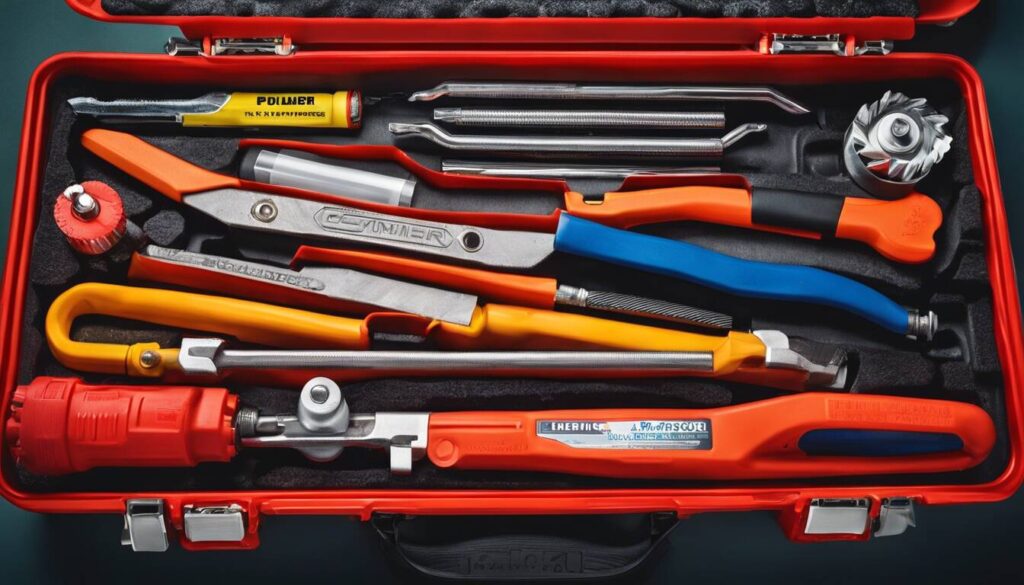
Whether you’re a seasoned DIY-er or attempting to repair a leaking pipe for the first time, having the right tools is crucial. Here are some essential tools you should have in your arsenal for tackling those pesky leaks:
Adjustable Wrench
An adjustable wrench is your best friend when it comes to fixing a leaking pipe. This versatile tool allows you to tighten or loosen fittings and connections as needed. It’s essential to ensure a secure fit without over-tightening, which could potentially lead to further damage. Having an adjustable wrench of the right size enables comfortable work on pipes of various sizes.
Pipe Cutter
A pipe cutter is a must-have for cleanly cutting through pipes during repairs or replacements. It ensures clean and precise cuts, essential for proper sealing and fitting of new components. Whether it’s PVC, copper, or galvanized pipes, a high-quality pipe cutter will make the job easier and more professional.
Teflon Tape and Sealants
Teflon tape and sealants play a vital role in preventing leaks by effectively sealing pipe threads and fittings. When wrapping Teflon tape around pipe threads, it creates a watertight seal, preventing water from seeping through the connections. Using the right sealant also adds an extra layer of protection to ensure that your DIY fix holds up over time.
With these tools at your disposal, you’ll be well-equipped to handle most minor pipe leaks yourself. However, it’s important to remember that some plumbing issues may necessitate professional expertise. Knowing when to tackle a problem yourself and when to call in the pros can save you time, money, and potential headaches down the line.
Now that we’ve covered the necessary tools for DIY leak fixes, let’s delve into understanding how to use these tools effectively for addressing common pipe leaks.
If you find yourself facing pesky pipe leaks, having the essential tools and know-how can empower you to tackle minor issues effectively. However, knowing when to seek professional help is equally important. For any plumbing concerns beyond your DIY capabilities, don’t hesitate to call or text us for an expert estimate at 587 707 0606.

